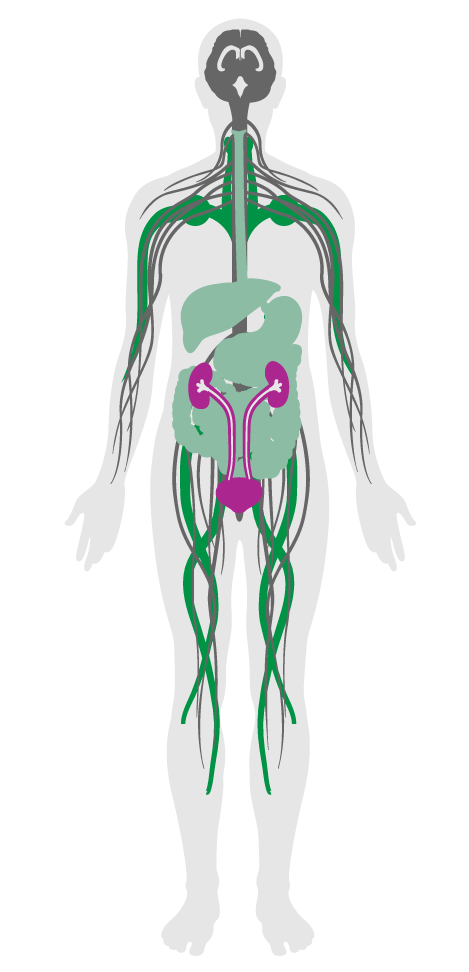Fundamental water quality
Fundamental water quality
To limit the presence of sediment and water-borne pathogens in water designated for human contact.
BACKGROUND
Two properties of water—turbidity and total coliforms—serve as indicators for the possible presence of many harmful contaminants. High turbidity can provide food and shelter for germs, and may also indicate that a building’s filtration system is not working properly. Removing turbidity may also remove harmful pathogens such as protozoa. Another test is the measurement of total coliforms. Coliform bacteria are naturally present in the environment and are generally considered harmless. However, their presence in water suggests that water may contain more dangerous pathogens, including bacteria, viruses and protozoa. Exposure to these pathogens through water containing coliforms can lead to adverse gastrointestinal effects such as diarrhea, vomiting, nausea and cramps.

